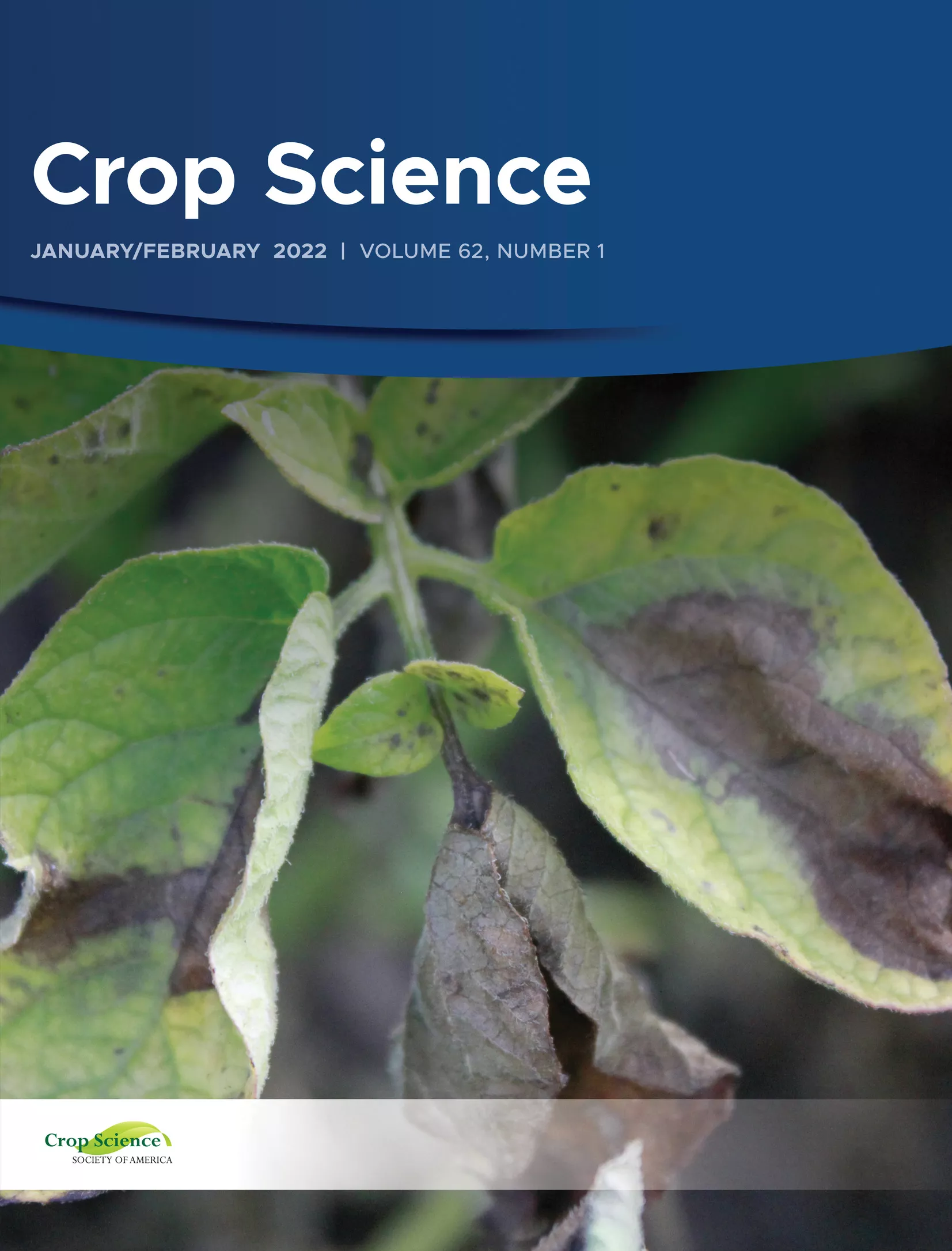Evaluation of the DSSAT-CANEGRO model for simulating the growth of energy cane (Saccharum spp.), a biofuel feedstock crop
The Decision Support System for Agrotechnology Transfer for sugarcane (DSSAT-CANEGRO) was evaluated for simulating the growth of energy cane (Saccharum spp. hybrid), a perennial biofuel feedstock crop. Plant growth data collected from a field experiment conducted in the semi-arid Texas Rolling Plains was used for model calibration and validation. All model performance indicators showed good agreement between simulated and measured biomass accumulation. After calibration, model was used for simulating plant cane and ratoon biomass yield using long-term (i.e., 33-year) historic weather data under rainfed and two irrigation levels. The irrigated treatments were a) 300 mm seasonal supplementary irrigation and b) auto-irrigation to replenish soil water in the profile to field capacity. The long-term average biomass yield of plant cane (6.4 ± 0.47 Mg ha–1) and ratoon (14.4 ± 0.92 Mg ha–1) were the lowest when simulated under rainfed conditions. Supplemental irrigation with 300 mm irrigation water significantly increased yield of both crops (14.6 ± 0.53 Mg ha–1 for plant cane and 29.5 ± 1.33 Mg ha–1 for ratoon). The auto-irrigation option substantially increased the amount of water applied and resulted in an average biomass of 16.7 ± 0.24 Mg ha–1 for plant cane and 44.4 ± 0.36 Mg ha–1 for ratoon. Biomass water use efficiency was the highest for ratoon due to its longer growing season. This modeling study showed reasonable performance of DSSAT-CANEGRO for simulating energy cane growth. Irrigation experiments using historical data showed energy cane as a competitive biomass crop in the Texas Rolling Plains region.
